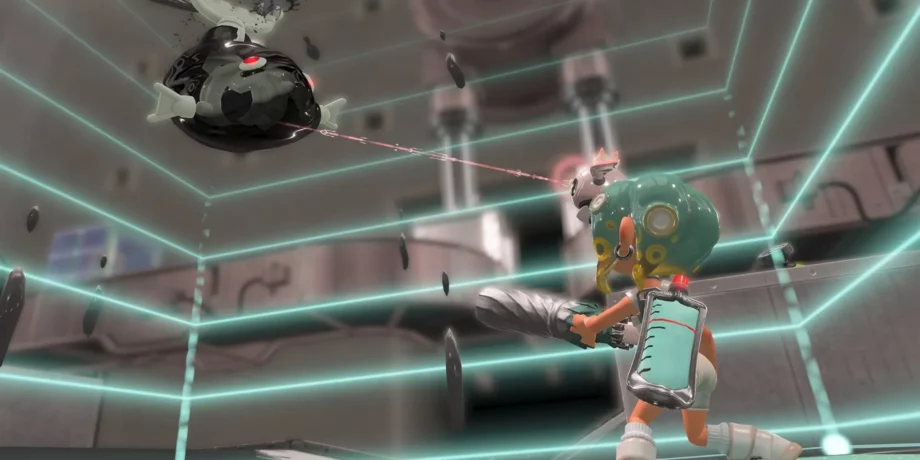Roguelikes have become increasingly popular, offering near-infinite replayability, high difficulty, and meta-progression. In today’s gaming climate, where the value of a game is often equated with the time it takes to finish, replayability has become a key focus.
The definition of a roguelike is a long-standing debate, but the common factors include randomization, a high floor for success, and a gameplay loop involving multiple runs of challenges. This trend has even influenced narrative-heavy games like The Last of Us and God of War, which have integrated roguelike add-ons to offer more replay value.
However, some argue that this approach may detract from the linear storytelling that these games are known for. Nonetheless, the appeal of roguelike mechanics is evident in games where combat is the main draw.
For instance, Splatoon 3’s Side Order DLC provides an in-universe-justified roguelike experience. The focus is on conquering an ever-shifting tower of challenges and bosses within the game’s unique lore.
The short levels, impactful upgrades, and diverse weapons contribute to a compelling gameplay experience. This distinctive challenge within a familiar framework is what draws players to roguelikes, offering a test of their adaptability.
The promise of a wholly unique challenge within familiar mechanics, as seen in the Rogue formula, continues to resonate with players. It provides the novelty that people seek in the familiar, as demonstrated by the popularity of Dark Souls randomisers and Pokemon’s nuzlocke challenges.
As game prices increase, the emphasis on replayability and lasting value will likely drive further integration of roguelike elements into future games.
